Structural Patterns Mining in Web APIs
From OpenAPI documentation to structural patterns
By Souhaila Serbout, the 11th of March 2021
Slides are in : https://si-seminar.vercel.app/

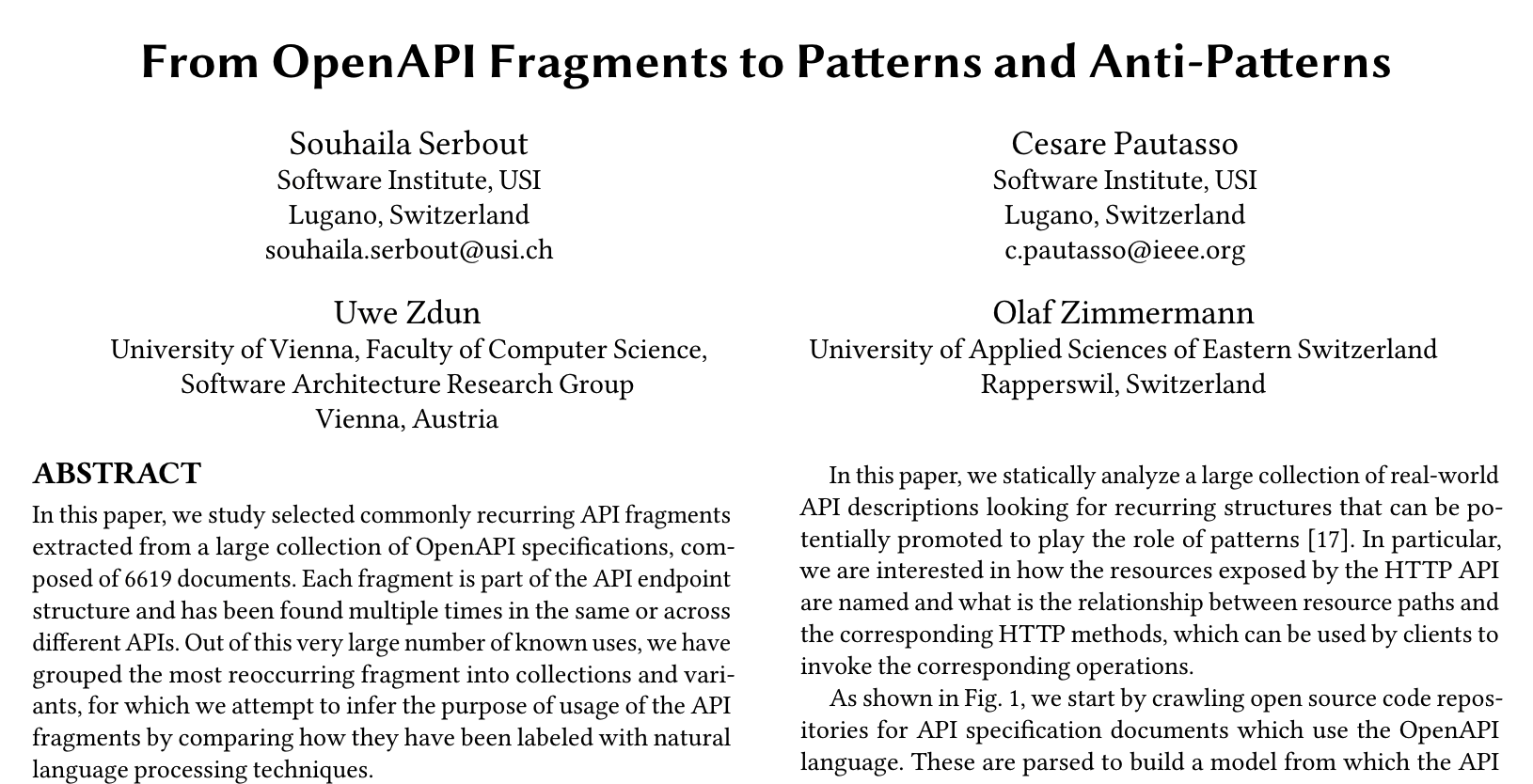
Web
Web

Web API Description Languages Timeline

Web API Description Languages
| Sponsor | Initial commit | Latest stable release | Stable release date | Software license | Format | Open Source | Code generation (client) | Code generation (server) | |
|---|---|---|---|---|---|---|---|---|---|
| RAML | MuleSoft | September, 2013 | 1.0 | May 16, 2016 | Apache 2.0 | YAML | Yes | Yes | Yes |
| API Blueprint | APIary (now Oracle) | April, 2013 | 1A9 | June 8, 2015 | MIT | MSON | Yes | No | No |
| OpenAPI | Open API Initiative (OAI) | July, 2011 | 3.1.0 | February 18, 2021 | Apache 2.0 | JSON or YAML | Yes | Yes | Yes |
Web APIs
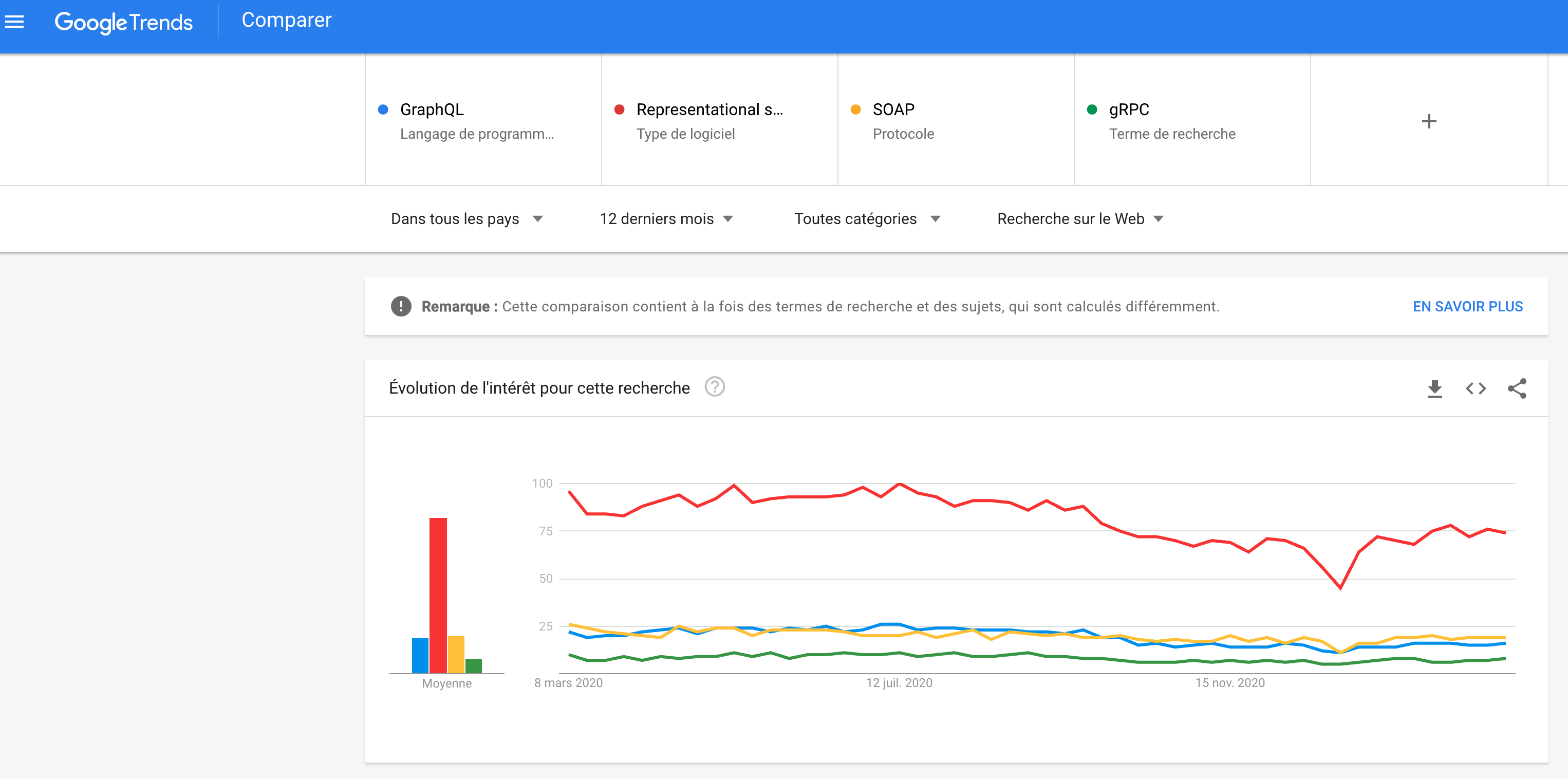
Web API Description Languages
-
API description languages can be thought of as the power tools of the API designer.
-
API Description Languages make it easy to describe APIs in a precise way by working as a domain specific language.
-
API Designers use API Description Languages to better capture API Design decisions.
-
API Description languages can be used to describe the behavior of an API and can be used to build an API with automated tool support such as what OpenAPI provides.
OpenAPI Specification (Swagger)
-
An OpenAPI definition can then be used by documentation generation tools to display the API, code generation tools to generate servers and clients in various programming languages, testing tools, and many other use cases.
-
A document (or set of documents) that describes an API conforming to the OpenAPI Specification metamodel.
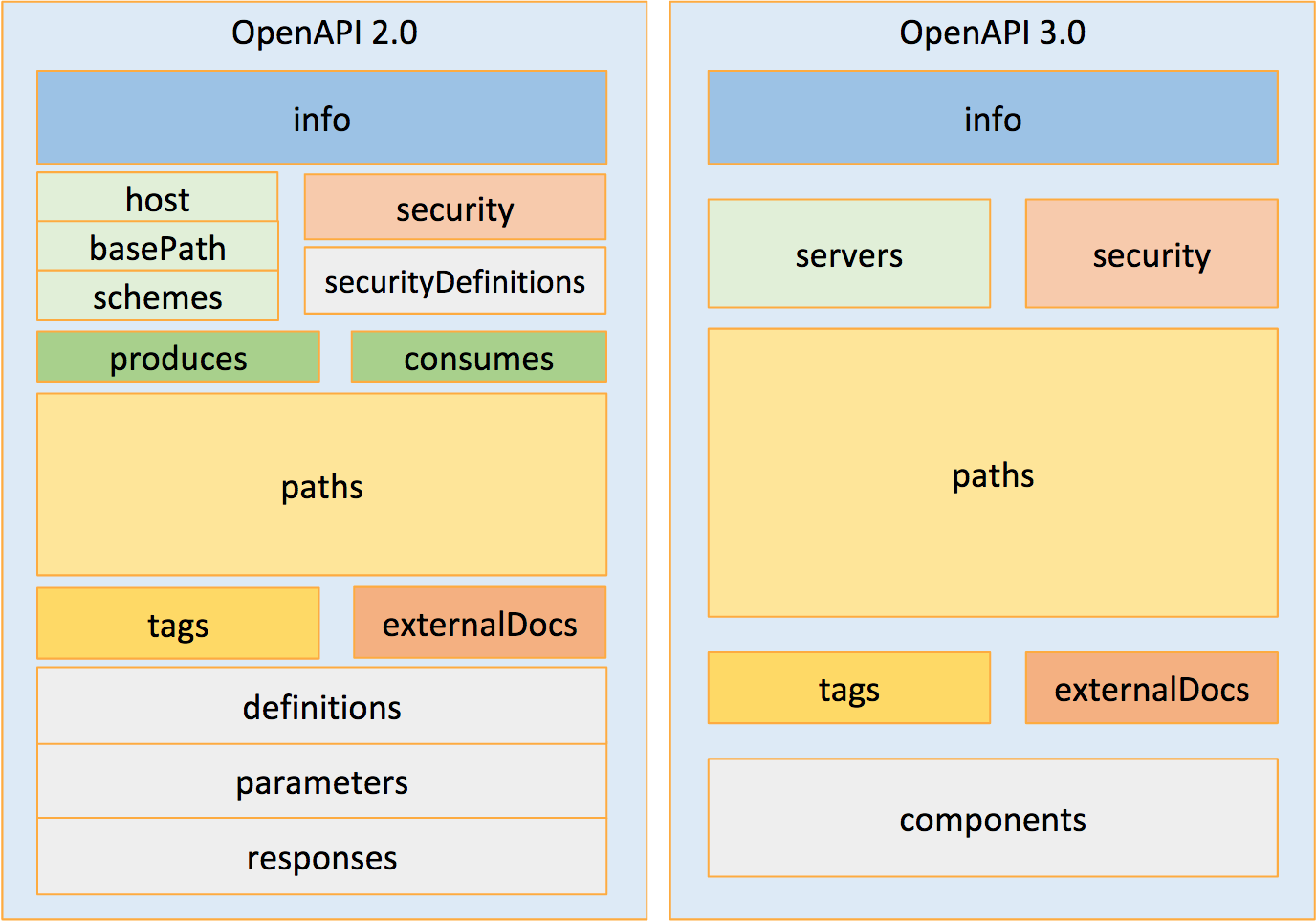
Works that exploited OpenAPI documents
-
István Koren and Ralf Klamma. 2018.The Exploitation of OpenAPI Documentation for the Generation of Web Frontends. In Companion Proceedings of the The Web Conference 2018 (WWW '18). International World Wide Web Conferences Steering Committee, Republic and Canton of Geneva, CHE, 781–787. DOI: https://doi.org/10.1145/3184558.3188740
-
Ed-Douibi H., Daniel G., Cabot J. (2020) OpenAPI Bot: A Chatbot to Help You Understand REST APIs. In: Bielikova M., Mikkonen T., Pautasso C. (eds) Web Engineering. ICWE 2020. Lecture Notes in Computer Science, vol 12128. Springer, Cham. https://doi.org/10.1007/978-3-030-50578-3_40
-
S. Schwichtenberg, C. Gerth and G. Engels,From Open API to Semantic Specifications and Code Adapters , 2017 IEEE International Conference on Web Services (ICWS), Honolulu, HI, 2017, pp. 484-491, doi: 10.1109/ICWS.2017.56.
-
Espinoza-Arias, P., Garijo, D., & Corcho, O. (2020, November). Mapping the Web Ontology Language to the OpenAPI Specification. In International Conference on Conceptual Modeling (pp. 117-127). Springer, Cham.
-
Bucaille, S., Izquierdo, J. L. C., Ed-Douibi, H., & Cabot, J. (2020, June). In International Conference on Web Engineering (pp. 533-537). Springer, Cham.
-
Ed-Douibi, H., Izquierdo, J. L. C., & Cabot, J. (2018, June). OpenAPItoUML: a tool to generate UML models from OpenAPI definitions. In International Conference on Web Engineering (pp. 487-491). Springer, Cham.
-
Ed-Douibi, H., Izquierdo, J. L. C., Bordeleau, F., & Cabot, J. (2019, September). WAPIml: Towards a modeling infrastructure for Web APIs. In 2019 ACM/IEEE 22nd International Conference on Model Driven Engineering Languages and Systems Companion (MODELS-C) (pp. 748-752). IEEE.
-
Mainas, N., Petrakis, E. G., & Sotiriadis, S. (2017, November). Semantically enriched open API service descriptions in the cloud. In 2017 8th IEEE International Conference on Software Engineering and Service Science (ICSESS) (pp. 66-69). IEEE.
What ?
Exploit the granular description of web API descriptions in the OpenAPI files
For what ?
Extract common structures used in Web APIs ( Structural Pattern )
Why ?
-
Discover the design decision made in currently available Web APIs
-
Build a learning dataset for a web APIs design tool
Dataset Overview
The dataset is composed of 6619 OpenAPI Definitions.
|
Yearly distribution of mined OpenAPI Definitions |
Versions of mined OpenAPI documents |
|
|
|
Dataset Overview
Messenger API
|
Cloud Spanner is a managed, mission-critical, globally consistent and scalable relational database service. Provider: AppsCode Inc (https://appscode.com/), Year: 2020 |
Curated Data Index
|
API for indexing curated datasets with user-defined labels, and searching that index. Year: 2017 |
Extracted Fragments |
|
|
Cloud Spanner API
Cloud Spanner is a managed, mission-critical, globally consistent and scalable relational database service.
Provider: Google, Year: Google
|
|
|
|
|
Concepts & Metrics
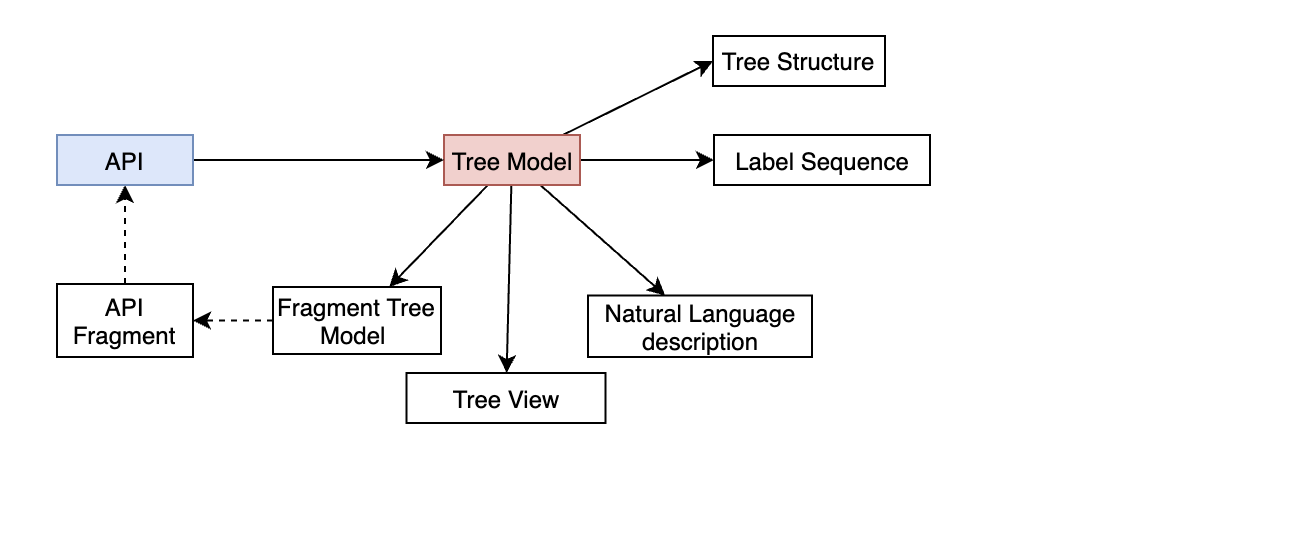
Concepts & Metrics
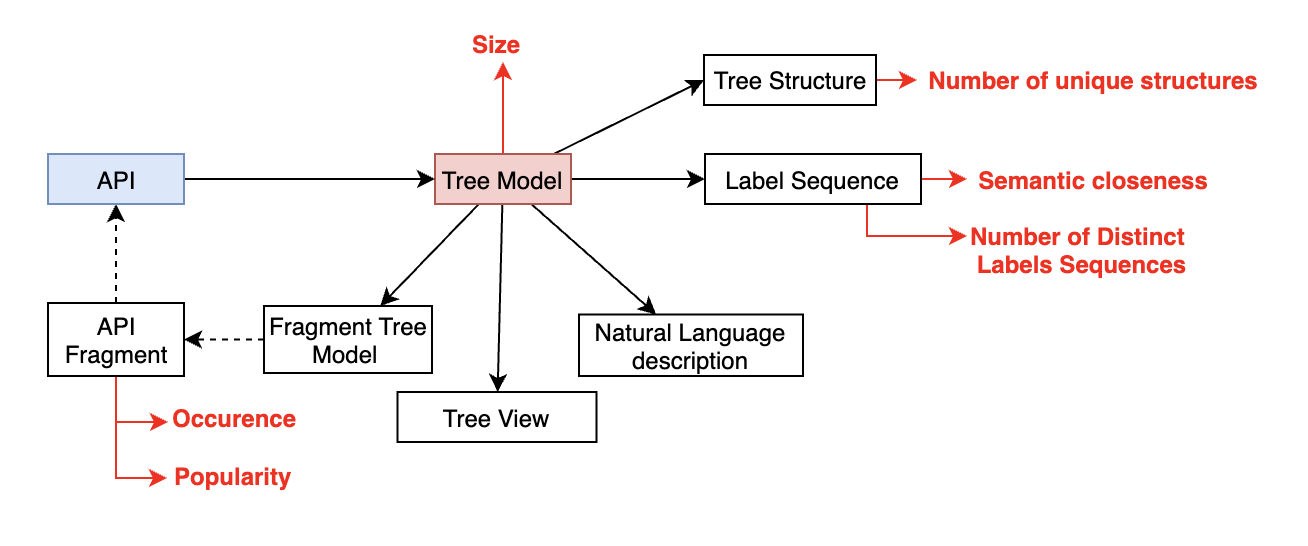
Concepts & Metrics

Definitions
|
API Tree Is the output of the model transformation performed over the OpenAPI textual model. |
6619 API Tree |
|
Tree Structure A tree structure of an API tree is the unlabeled version of the tree. Where all the labels of the nodes are moved. Only the leaves keep their method names. |
6619 API Tree Structure |
|
API Fragment A fragment of an API is any subtree of the API tree T, having a subset of the leaves of T. |
273,072 Fragments of size >= 4 70,601 Unique tree structures |
|
Label sequence A sequence of ordered labels extracted from the tree nodes. |
66,874 Unique labels sequences |
| LS ={calendar, map, search} |
Metrics

|
|
Analytics Goals

|
|
Fragments - Occurrence vs. Popularity
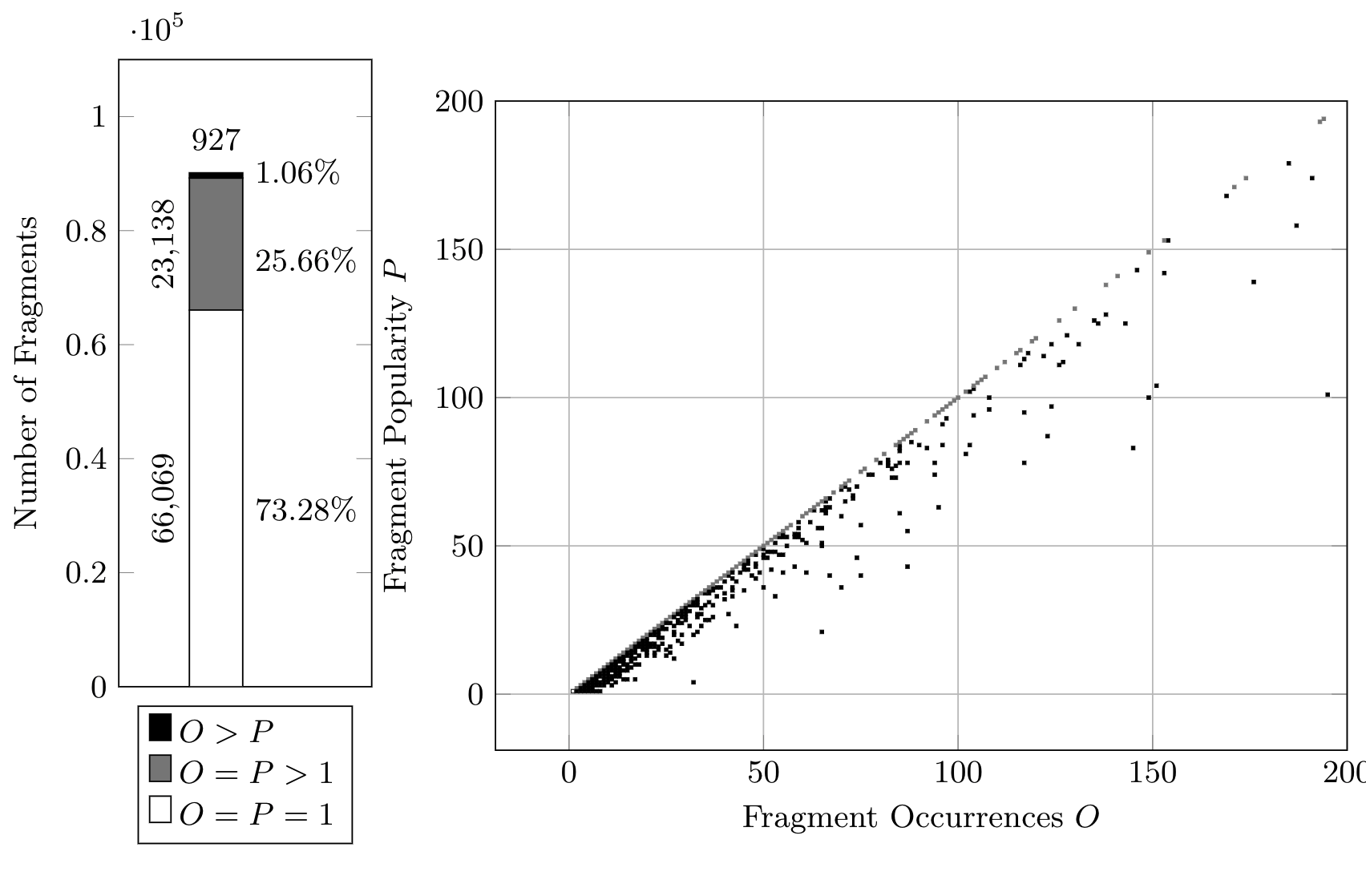
Fragments - Occurrence, Popularity and Size

|
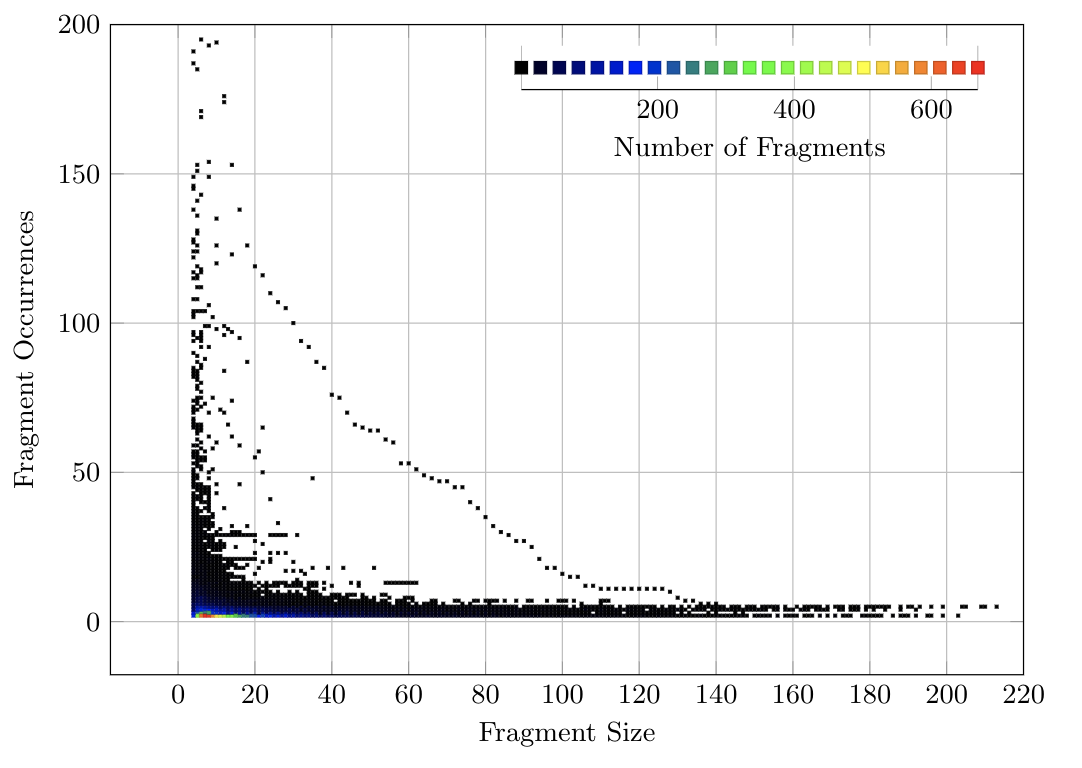
|
Collection Fragments
Structural patterns classification
| Pattern | Variants |
|---|---|
| Read-only | read-collection/item |
| EnumerableCollection |
Read-write Read/Write/Delete Read/Write/Delete Read-POST |
| Appendable collection |
GET/PUT/DELETE GET/DELETE PUT/DELETE |
| Collection |
All operations GET/PUT/DELETE GET/PATCH/DELETE GET/PUT PUT/DELETE GET/DELETE DELETE only Update only Read only |
| Mutable collection |
Replace all - Delete one Replace all - Read and delete one Delete all |
1. Read-only
-
Summary. Expose an immutable set of items within their own container resource.
-
Problem. How to publish one or more immutable set of related items through the API? How to make the collection items discoverable by clients?
-
Solution. Provide a unique address for each collection item.Allow clients only to read the content of each items applying the GET method to the address of the item. Group together related items under the same prefix.
Allow clients to enumerate the items within the collection by applying the GET method to the container resource.
-
Related patterns. This pattern makes use of the Enumerable Collection pattern, with the constraint that the collection items only expose the GET method
|
2. Enumerable Collection
-
Summary. Use the container resource to enumerate its content.
-
Problem. How to make the collection items discoverable by clients?
-
Solution. Group together related items under the same prefix. Allow clients to enumerate the items within the collection by applying the GET method to the container resource.
Variant (a)
|
|
2. Enumerable collection
- Summary. Use the container resource to enumerate its content.
- Problem. How to make the collection items discoverable by clients?
- Solution. Group together related items under the same prefix. Allow clients to enumerate the items within the collection by applying the GET method to the container resource.
Variant (b) : ( Potential Antipattern )
|
Size: 6 — Occurrence: 176— Distinct Labels: 71 |
|
|
Descriptions associated the the DELETE method.
|
Description associated to all the operations of the collection items
|
2. Enumerable collection
Variant (b) : ( Potential Antipattern )
TvMaze user API
|
|
2. Enumerable collection
-
Summary. Use the container resource to enumerate its content.
-
Problem. How to make the collection items discoverable by clients?
-
Solution. Group together related items under the same prefix. Allow clients to enumerate the items within the collection by applying the GET method to the container resource.
Variant (c): (Potential Antipattern)
|
|
Based on the descriptions, we can detect two main use cases for the POST methods on the collection items:
|
(1) Append an item to the collection |
(2) Updating an attribute of an item |
3. Appendable Collection
-
Summary. Summary.Append new items by posting them in the container resource
-
Problem. How to offer clients the ability to add new items into the collection?
-
Solution. Allow clients to use the POST method on the container resource to append new items into the collection. The address of the newly created items must be returned to the clients, since this pattern does not feature the ability for clients to enumerate the content of the collection.
| Variant (a) | Variant (b) | Variant (c) (Potential Antipatern) |
|
Size: 5 — Occurrence: 145— Distinct Labels: 43 |
Size: 5 — Occurrence:196 — Distinct Labels: 64 |
Size: 5 — Occurrence: 50 — Distinct Labels: 31 |
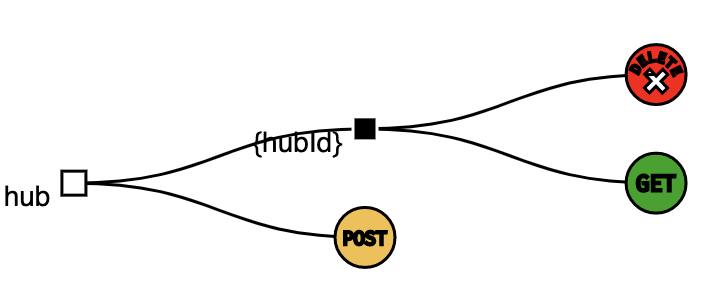
|
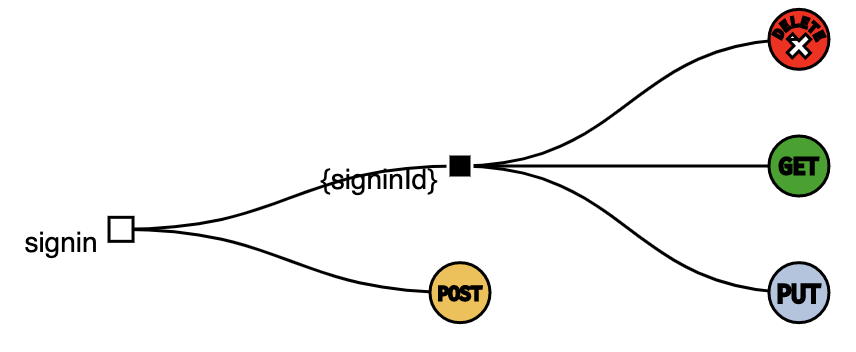
|
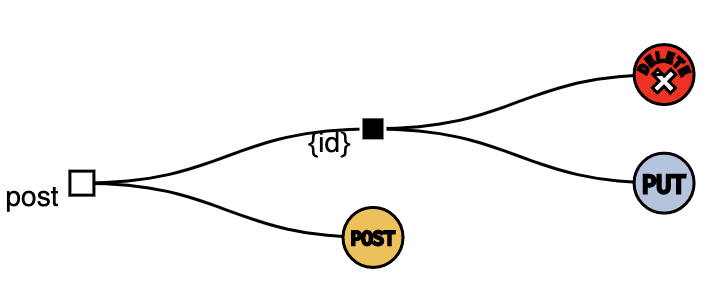
|
4. Mutable Collection Items
-
Summary. Expose mutation methods for individual collection items. However, not operations can be performed over the collection.
-
Problem. How to let clients modify the content of each item of a collection?
-
Solution. Allow clients to apply the DELETE method and PUT or POST methods on individual collection items.
| Variant (a) | Variant (b) | Variant (c) (Potential Antipatern) |
|
Size: 5 — Occurrence: 78 — Distinct Labels: 48 |
Size: 5 — Occurrence:323 — Distinct Labels: 168 |
Size: 5 — Occurrence: 201 — Distinct Labels: 87 |
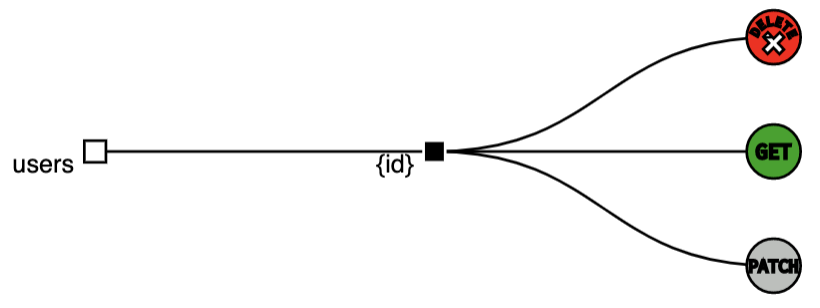
|
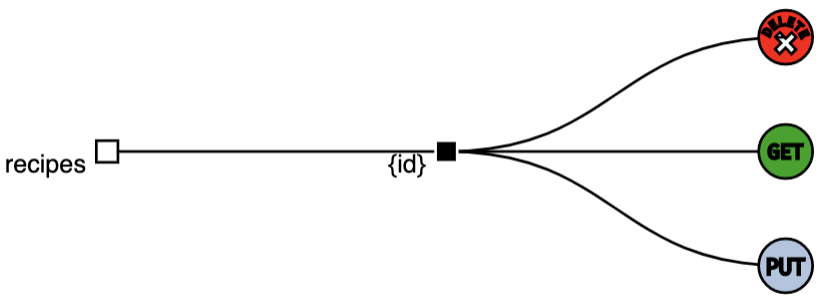
|
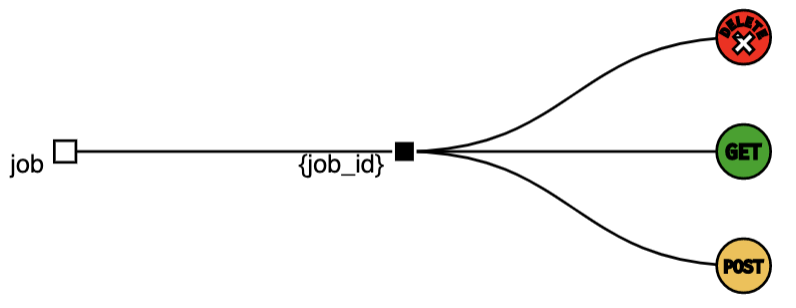
|
The post operation in Variant (c) is used for to purposes:
-
POST operation in used to fulfill the role of PUT.
-
POST operation in used to append items to the collection.
5. Collection
Also known as: Enumerable-Appendable Collection, List/Add
Summary. Use the container resource to enumerate its content and add new items
Problem. How to make the collection items discoverable by clients?
Solution. Group together related items under the same prefix. Allow clients to enumerate the items within the collection by apply-ing the GET method to the container resource. Clients can use thePOST method on the same container resource to add new items.
SolutionGroup together related items under the same prefix.Allow clients to enumerate the items within the collection by apply-ing the GET method to the container resource. Clients can use thePOST method on the same container resource to add new items
| Variant (a) | Variant (b) | Variant (c) |
| Size: 5 — Occurrence: 78 — Distinct Labels: 48 | Size: 5 — Occurrence:323 — Distinct Labels: 168 | Size: 5 — Occurrence: 201 — Distinct Labels: 87 |

|
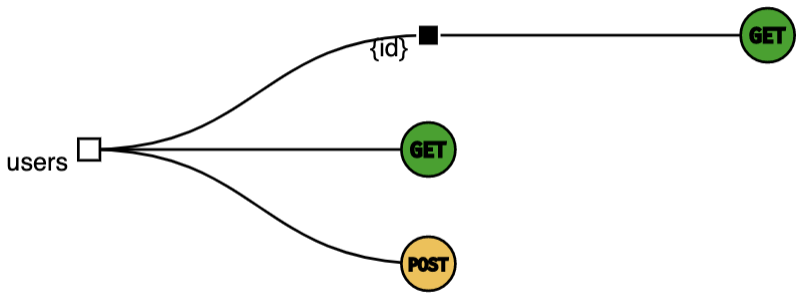
|
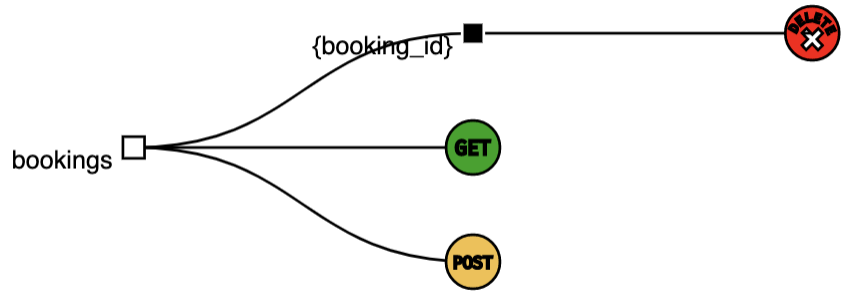
|
5. Collection
| Variant (a) | Variant (b) | Variant (c) |
| Size: 5 — Occurrence: 78 — Distinct Labels: 48 | Size: 5 — Occurrence:323 — Distinct Labels: 168 | Size: 5 — Occurrence: 201 — Distinct Labels: 87 |

|

|

|
| Variant (e) | Variant (f) | Variant (g) |
| Size: 6 — Occurrence: 63 — Distinct Labels: 47 | Size: 5 — Occurrence: 345 — Distinct Labels: 187 | Size: 6 — Occurrence: 169 — Distinct Labels: 84 |
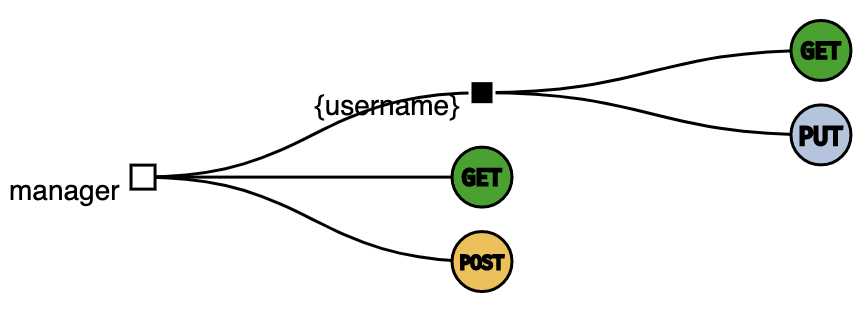
|
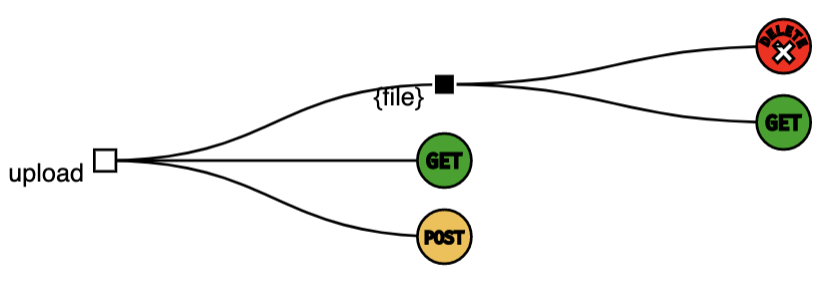
|
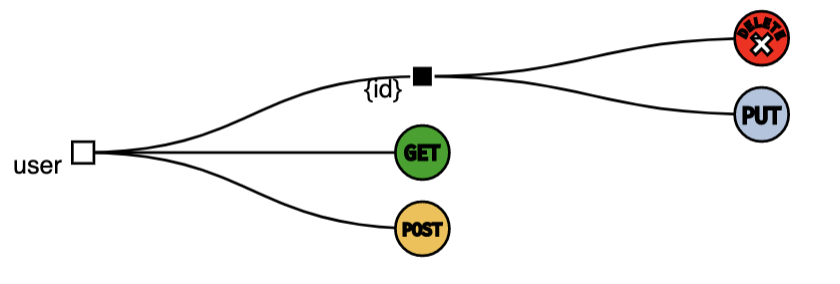
|
5. Collection
| Variant (a) | Variant (b) | Variant (c) |
| Size: 5 — Occurrence: 78 — Distinct Labels: 48 | Size: 5 — Occurrence:323 — Distinct Labels: 168 | Size: 5 — Occurrence: 201 — Distinct Labels: 87 |

|

|

|
| Variant (e) | Variant (f) | Variant (g) |
| Size: 6 — Occurrence: 63 — Distinct Labels: 47 | Size: 5 — Occurrence: 345 — Distinct Labels: 187 | Size: 6 — Occurrence: 169 — Distinct Labels: 84 |

|

|

|
| Variant (h) | Variant (i) | Variant (j) |
| Size: 5 — Occurrence: 232 — Distinct Labels: 139 | Size: 8 — Occurrence: 328 — Distinct Labels: 159 | Size: 7 — Occurrence: 1123 — Distinct Labels: 574 |

|

|
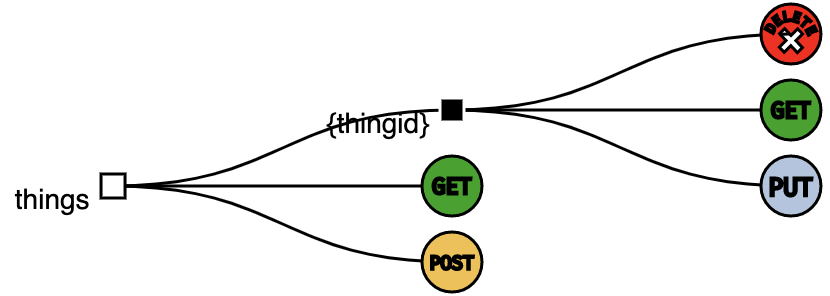
|
Spotifree
A REST API with Flask backend for managing music playlists
Conclusion: Structural Patterns Mining in Web APIs
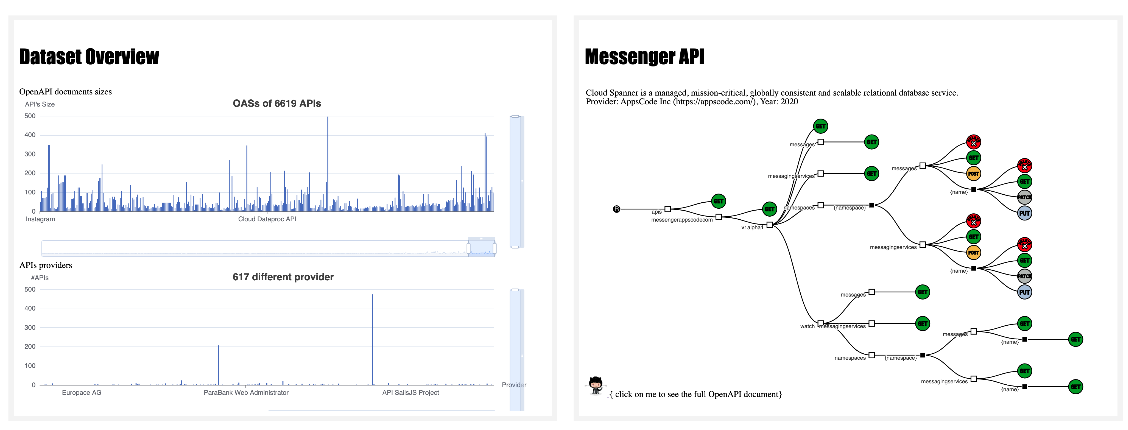
|
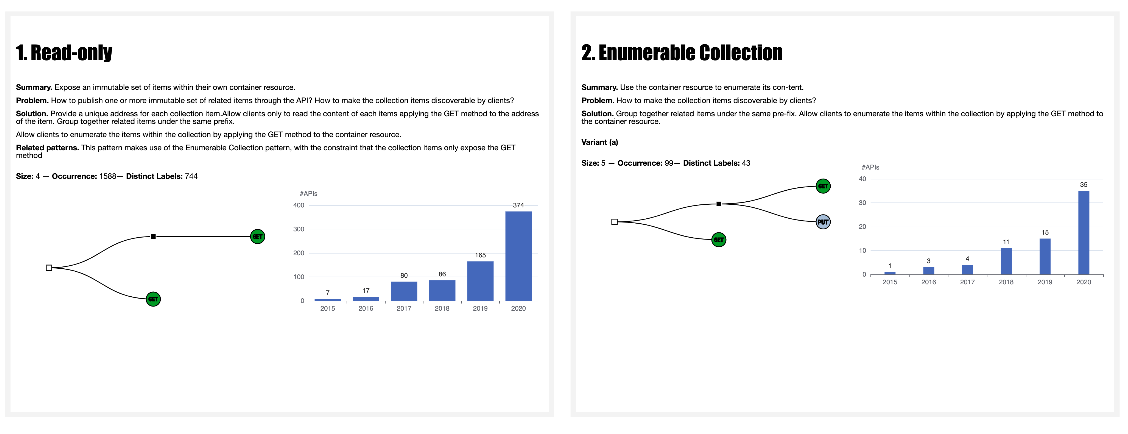
|
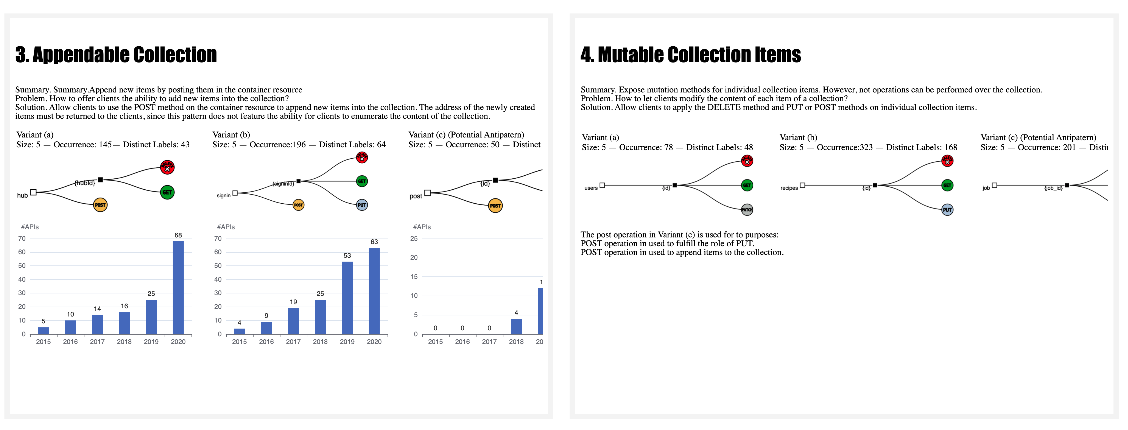
|
|
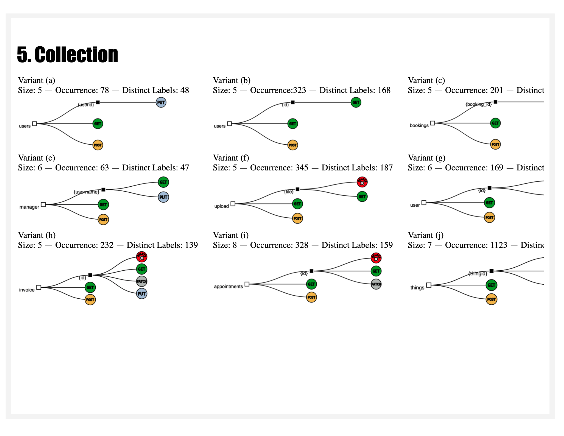
|